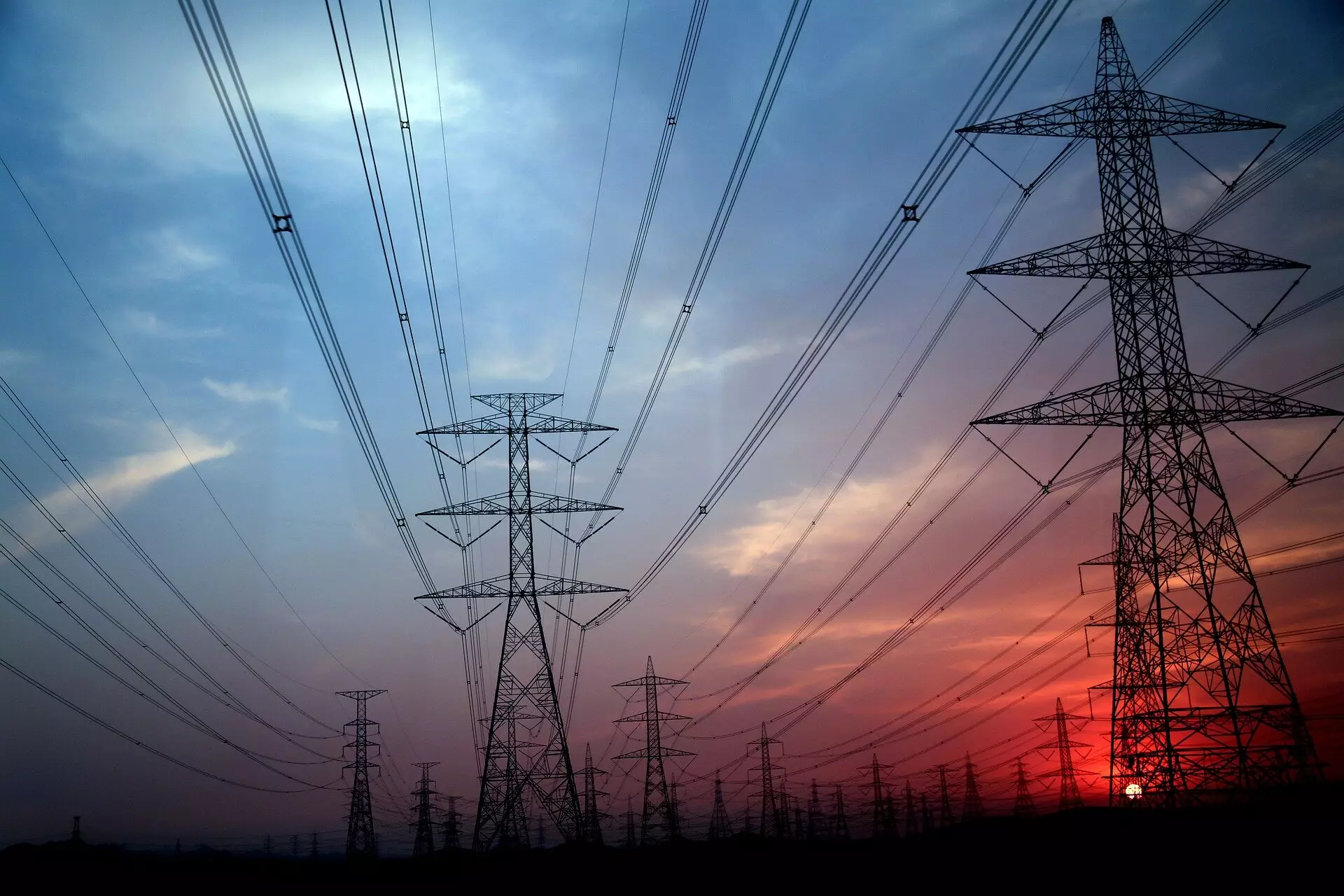The shift towards clean energy has ignited fervent competition between gas and electric utilities, instigated by state policies designed to phase out fossil fuels in favor of electrification. This tumultuous environment necessitates a reevaluation of how these utilities are regulated, as proposed by scholars from Stanford and the University of Notre Dame. Their recent white paper exposes the urgency for a unified strategy in transitioning to zero-carbon buildings, advocating for a more strategic collaborative approach that can make this transition more efficient and just.
As the green energy movement gains momentum, it becomes increasingly vital that regulators assess the relationship between gas and electric utilities. Formerly distinct entities, these sectors are now entangled in a rivalry, particularly in sectors like heating and cooking, where gas has long held dominion. As technologies like heat pumps and electric stoves emerge as efficient alternatives, gas utilities are compelled to defend their market share, complicating the energy landscape further.
The central thesis of the white paper, entitled “The Unseen Competition in the Energy Transition: Acknowledging and Addressing Inter-Utility Competition to Achieve Managed Decarbonization,” urges state public utility commissions (PUCs) to develop regulations that reflect the newly blended roles of electric and gas utilities. The authors articulate a concern that, if left unchecked, the competition between these utilities could lead to delays in decarbonization efforts. For instance, overlapping infrastructure investments could result in increased costs to consumers, particularly vulnerable populations who are already feeling the strain of rising energy prices.
The disparity in service offerings and the duplication of resources are emblematic of a system in desperate need of reformation. As the authors assert, the traditional lines drawn between electric and gas services have begun to blur, creating an environment where customers effectively pay for what could be perceived as “dual monopolies” when they only require a single, reliable energy source.
If regulatory bodies continue along their current trajectories without acknowledging the intertwined fates of gas and electric utilities, the consequences could be dire. The report highlights the significant risks associated with maintaining a siloed approach, particularly the potential for gas companies to invest in fossil fuel infrastructure that may become obsolete well before the end of its anticipated lifespan. This misalignment threatens to create substantial financial liabilities for consumers, particularly if these investments are ultimately deemed unnecessary in an increasingly electrified world.
Moreover, the challenges associated with energy equity cannot be overlooked. Low-income consumers are particularly vulnerable in this competitive landscape, often bearing the brunt of higher costs and diminished access to reliable energy services. A coordinated regulatory approach could lead to more equitable outcomes, ensuring that decarbonization benefits are distributed fairly across all sectors of society.
The paper’s authors advocate for a synergistic approach where gas and electric utilities are seen as facets of a holistic energy system. By consolidating planning processes, regulators can enhance efficiency, reduce operational redundancies, and streamline investments toward statewide decarbonization goals. This shift could also mitigate the risks associated with stranded assets in fossil fuel ventures, ensuring that investments are strategically aligned with a zero-carbon future.
The proposal to merge gas and electric utilities serving similar territories could further simplify the regulatory framework and enhance service reliability. By fostering a culture of cooperation rather than competition, regulators could safeguard both the interests of ratepayers and the integrity of the energy grid, thereby reinforcing the reliability of energy services during the transition.
As the trajectory of energy regulation evolves, forward-thinking policymakers must recognize the imperative for adaptive strategies that respond to the realities of climate change. In light of the federal Inflation Reduction Act, which incentivizes electric appliance adoption, regulators can no longer afford to remain complacent with historical divides between gas and electric utilities.
Time is of the essence. The urgency for a cohesive energy policy that addresses existing competition while promoting collaboration cannot be overstated. As articulated by the co-authors, it is clear that achieving climate goals necessitates viewing gas and electric utilities through a unified lens. Only by embracing this change can regulators hope to navigate the intricate landscape of modern energy policy effectively. The path to a sustainable energy future will depend on our ability to adapt regulatory frameworks that capitalize on the strengths of both gas and electric systems while mitigating their respective weaknesses.


Leave a Reply